
We use cookies to help you navigate efficiently and perform certain functions. You will find detailed information about all cookies under each consent category below.
The cookies that are categorized as "Necessary" are stored on your browser as they are essential for enabling the basic functionalities of the site. ...
Necessary cookies are required to enable the basic features of this site, such as providing secure log-in or adjusting your consent preferences. These cookies do not store any personally identifiable data.
Functional cookies help perform certain functionalities like sharing the content of the website on social media platforms, collecting feedback, and other third-party features.
Analytical cookies are used to understand how visitors interact with the website. These cookies help provide information on metrics such as the number of visitors, bounce rate, traffic source, etc.
Performance cookies are used to understand and analyze the key performance indexes of the website which helps in delivering a better user experience for the visitors.
Advertisement cookies are used to provide visitors with customized advertisements based on the pages you visited previously and to analyze the effectiveness of the ad campaigns.

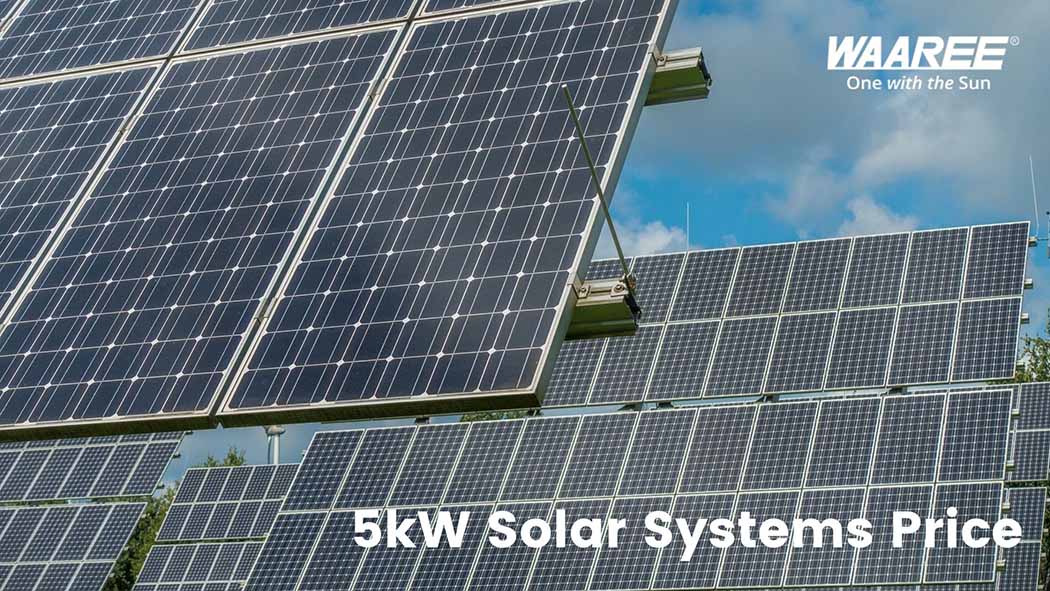

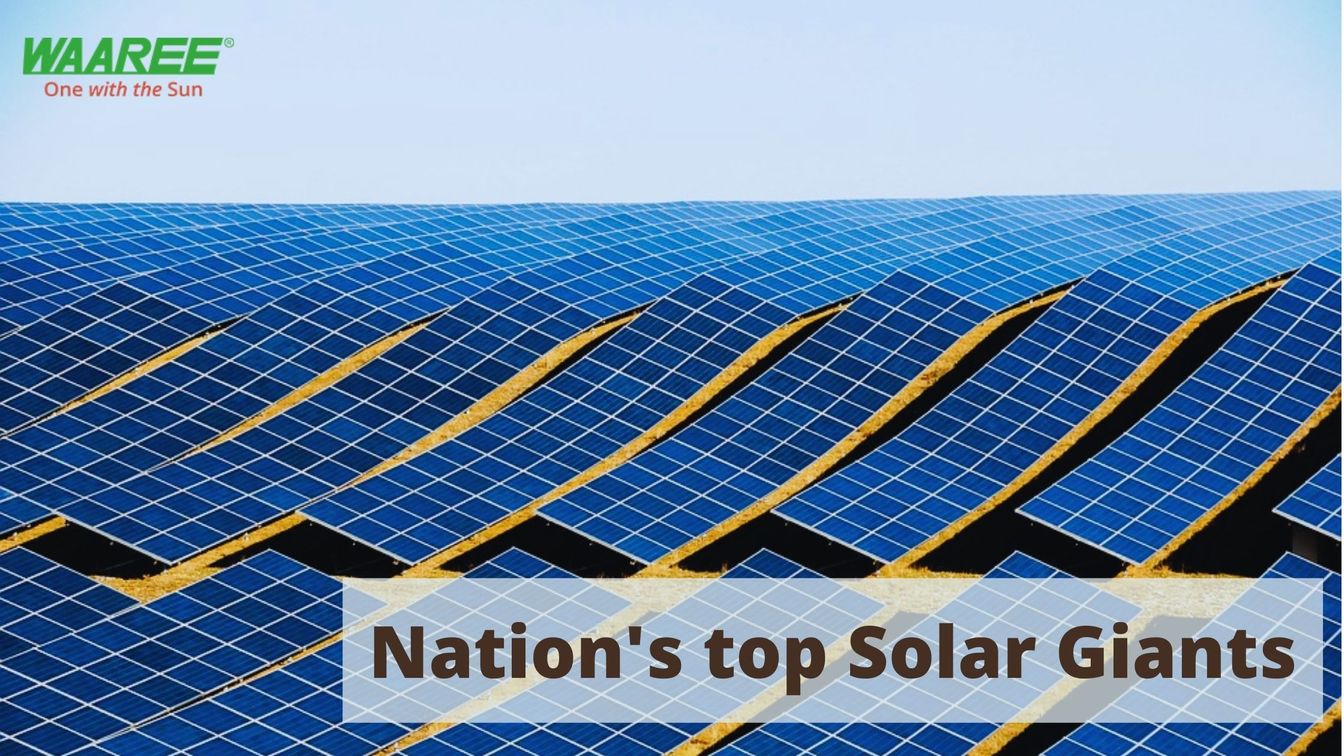

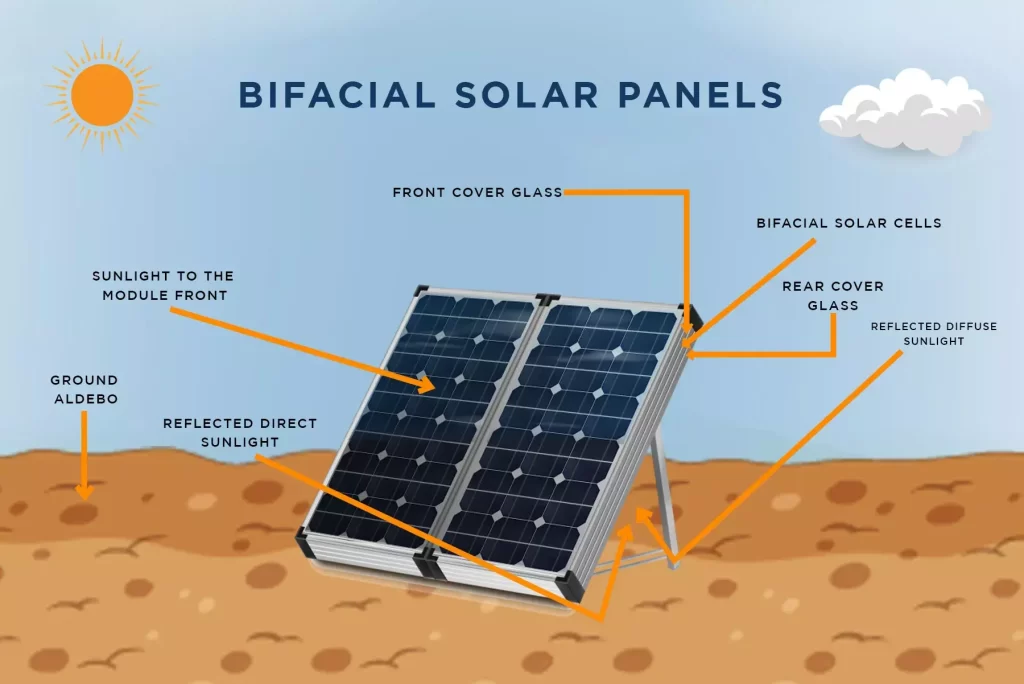
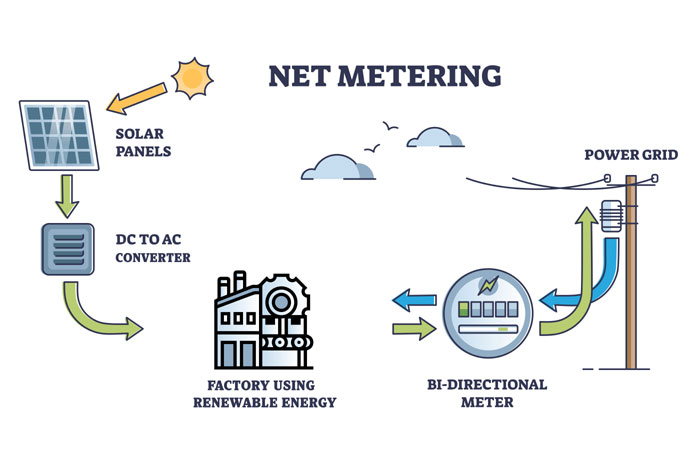
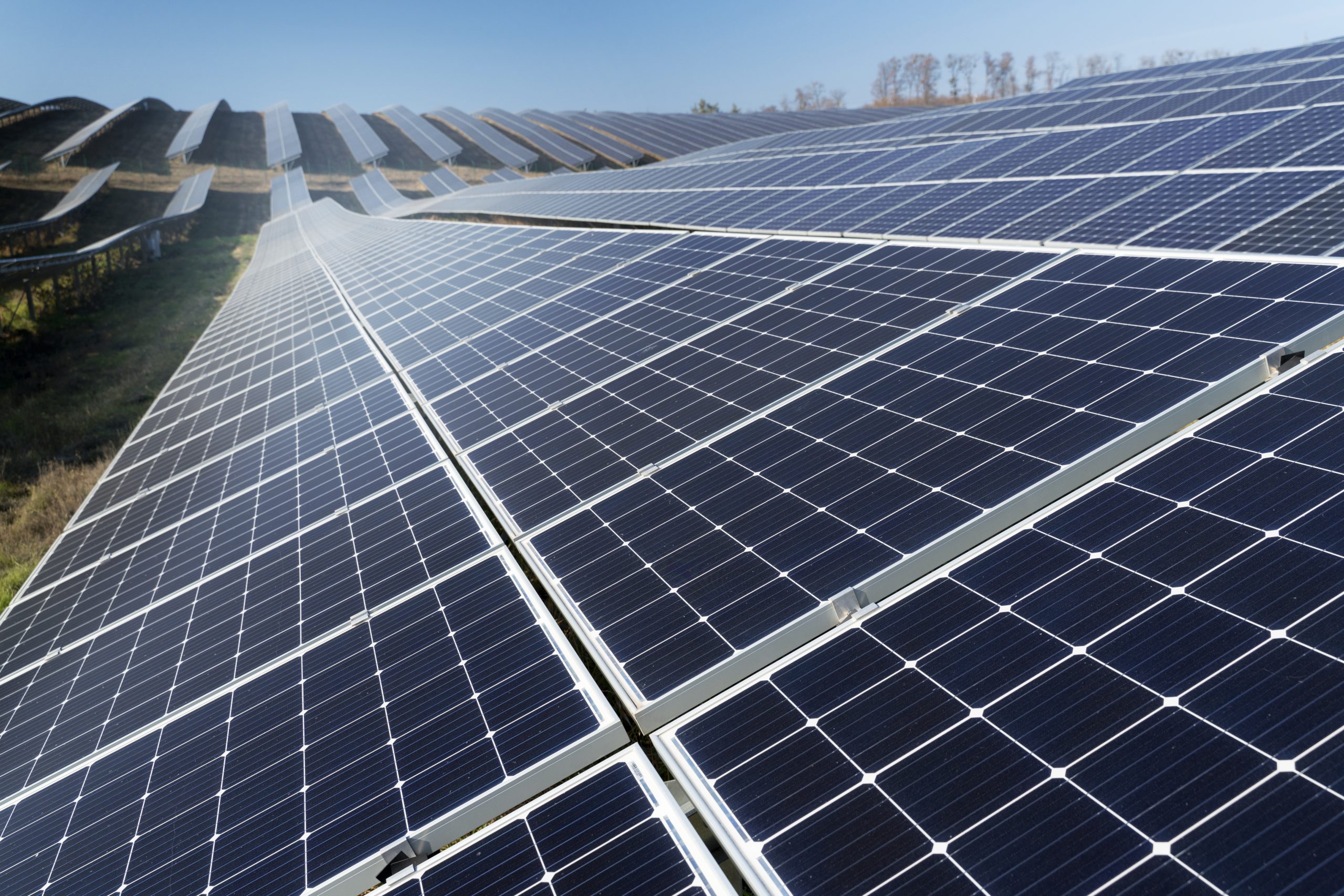
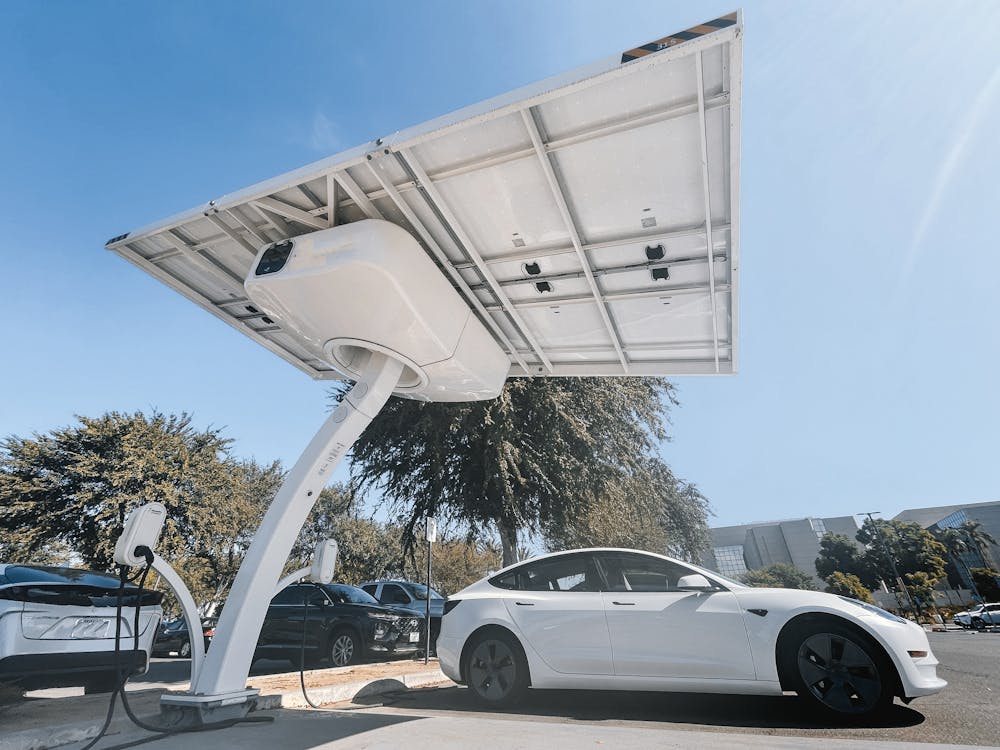
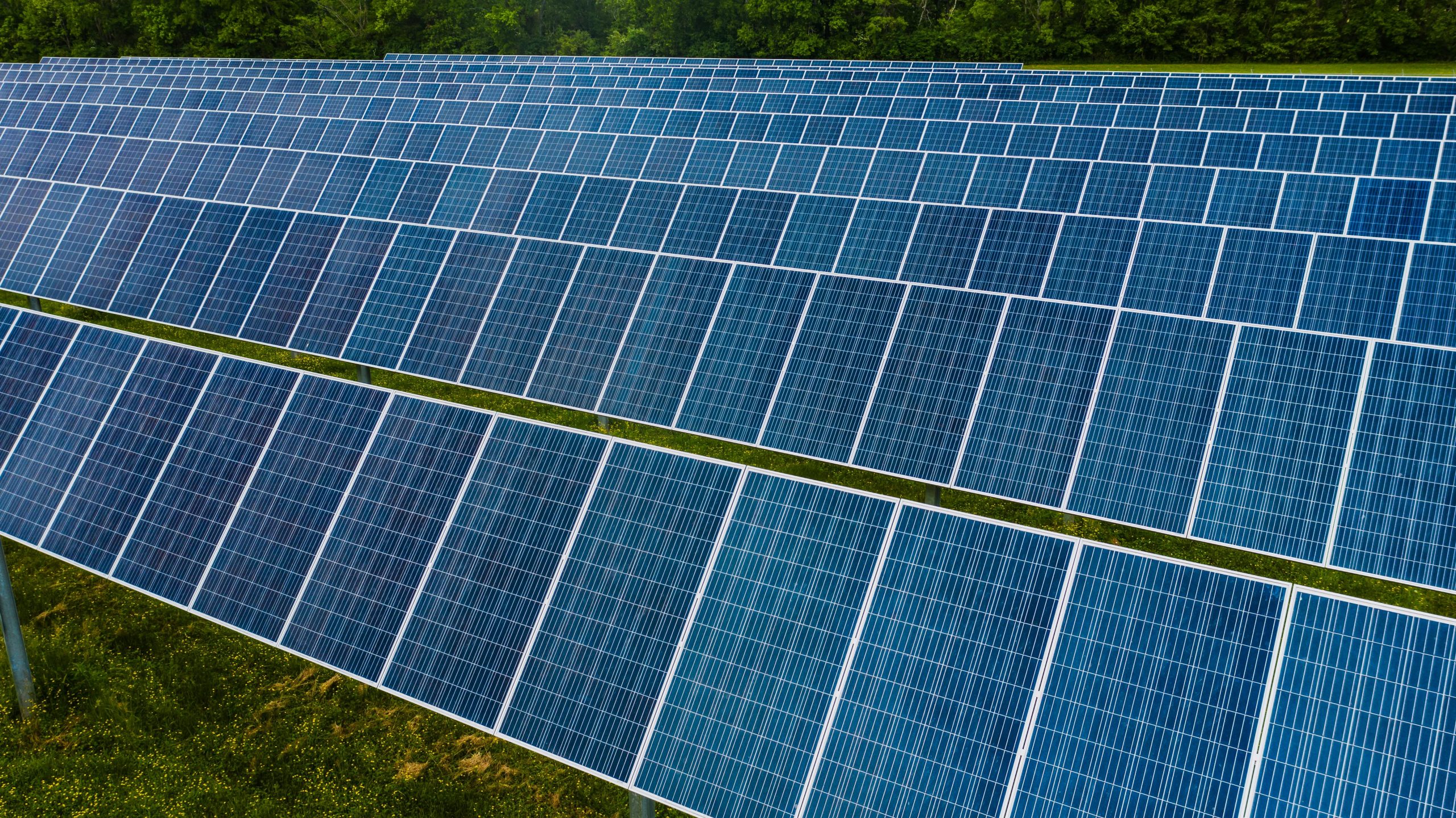
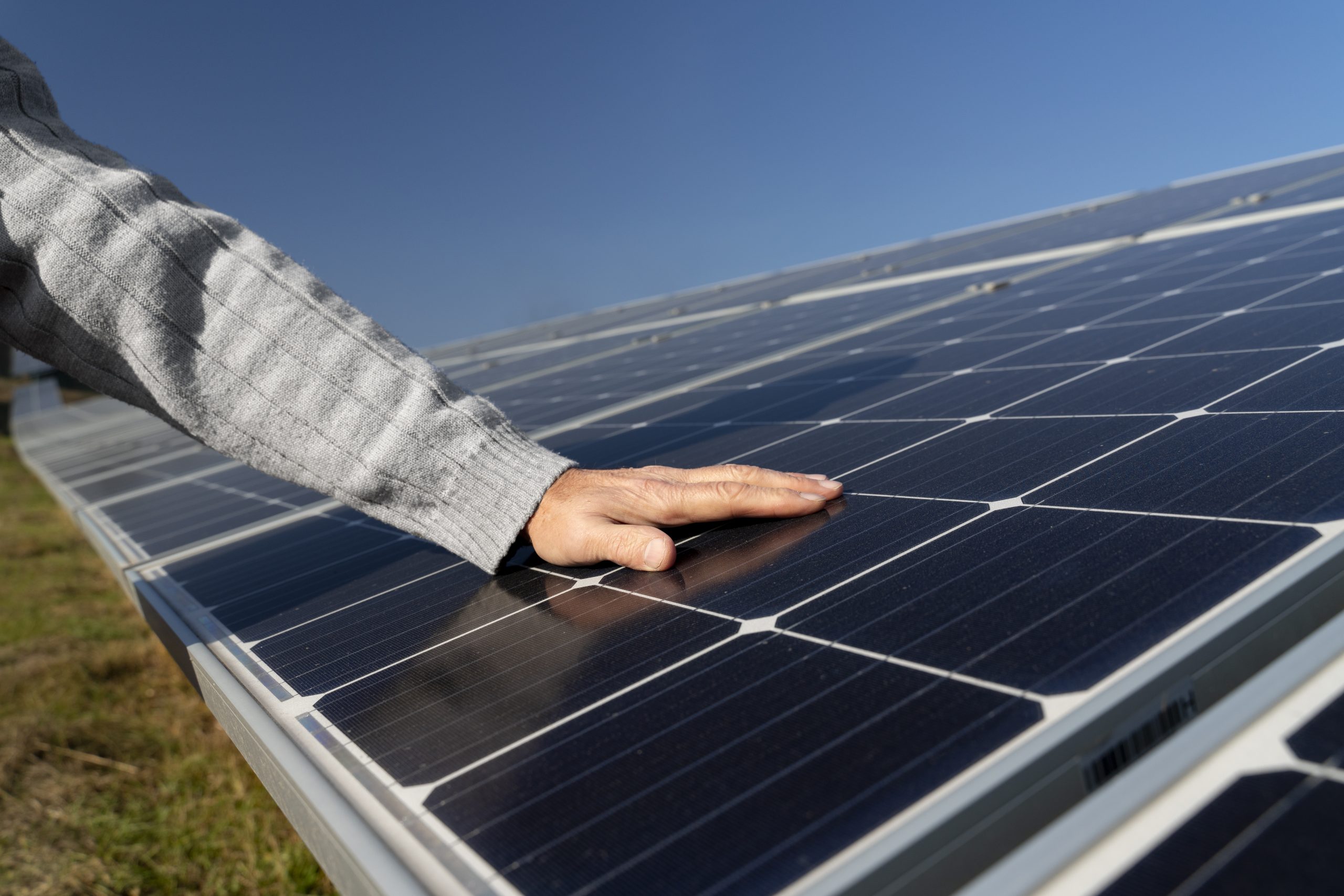

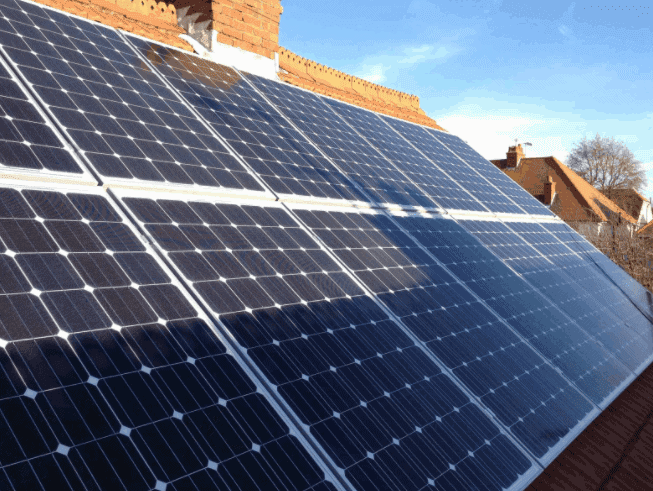

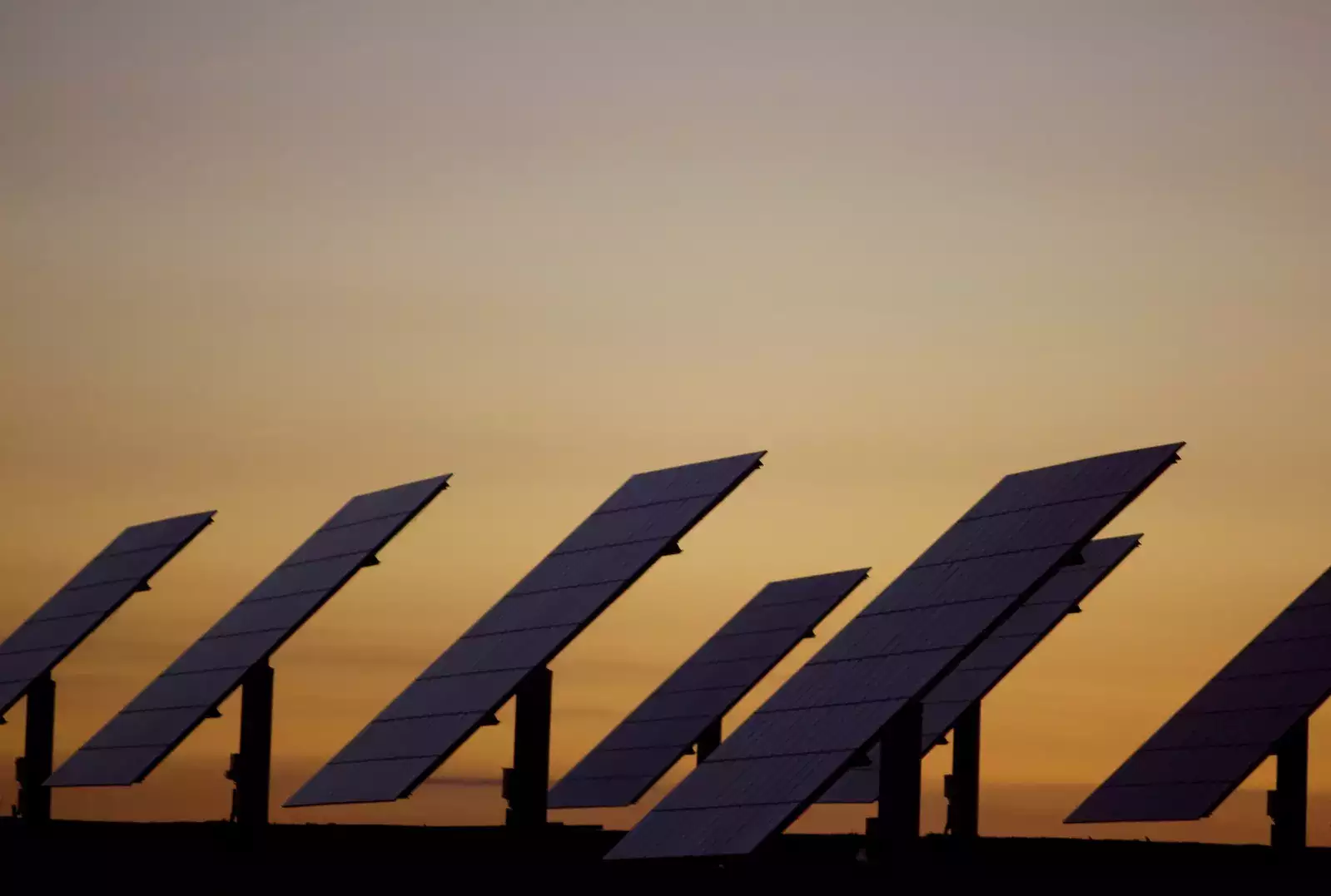



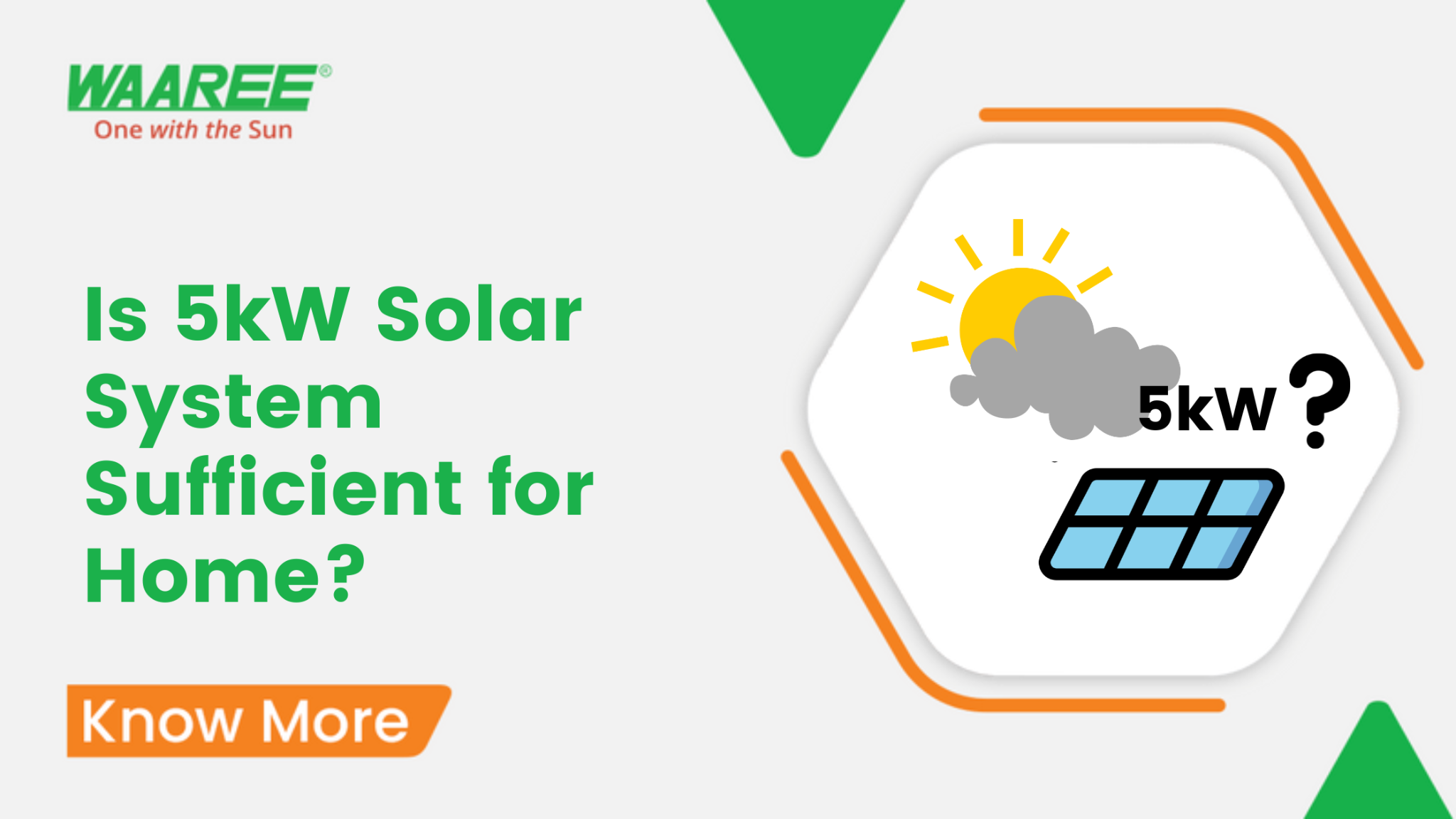

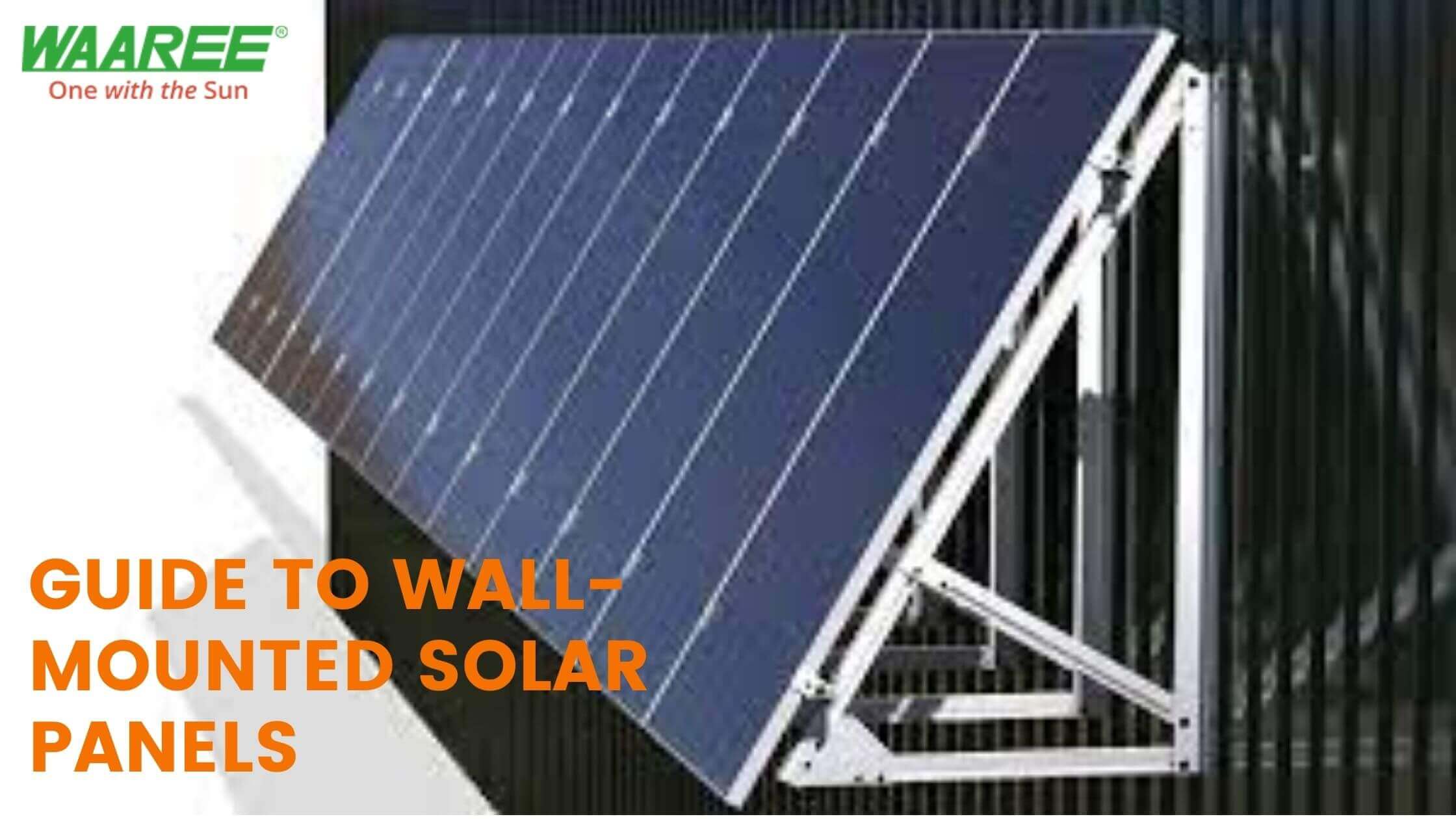
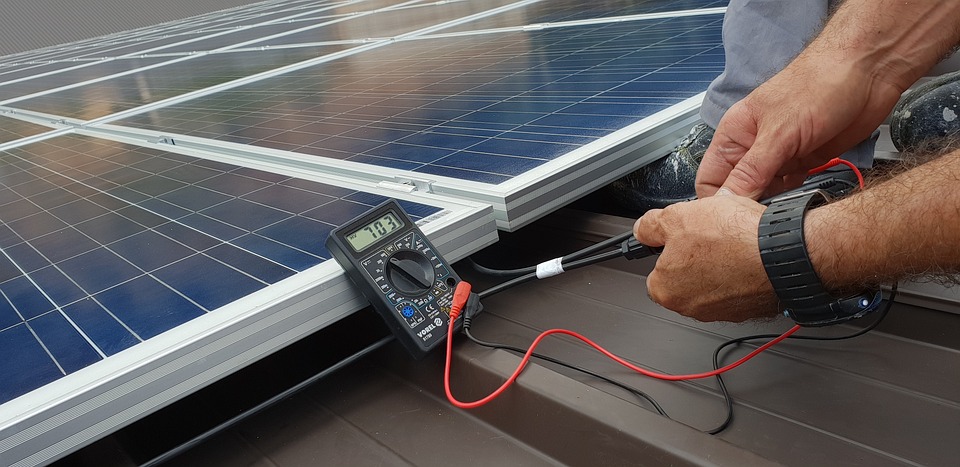

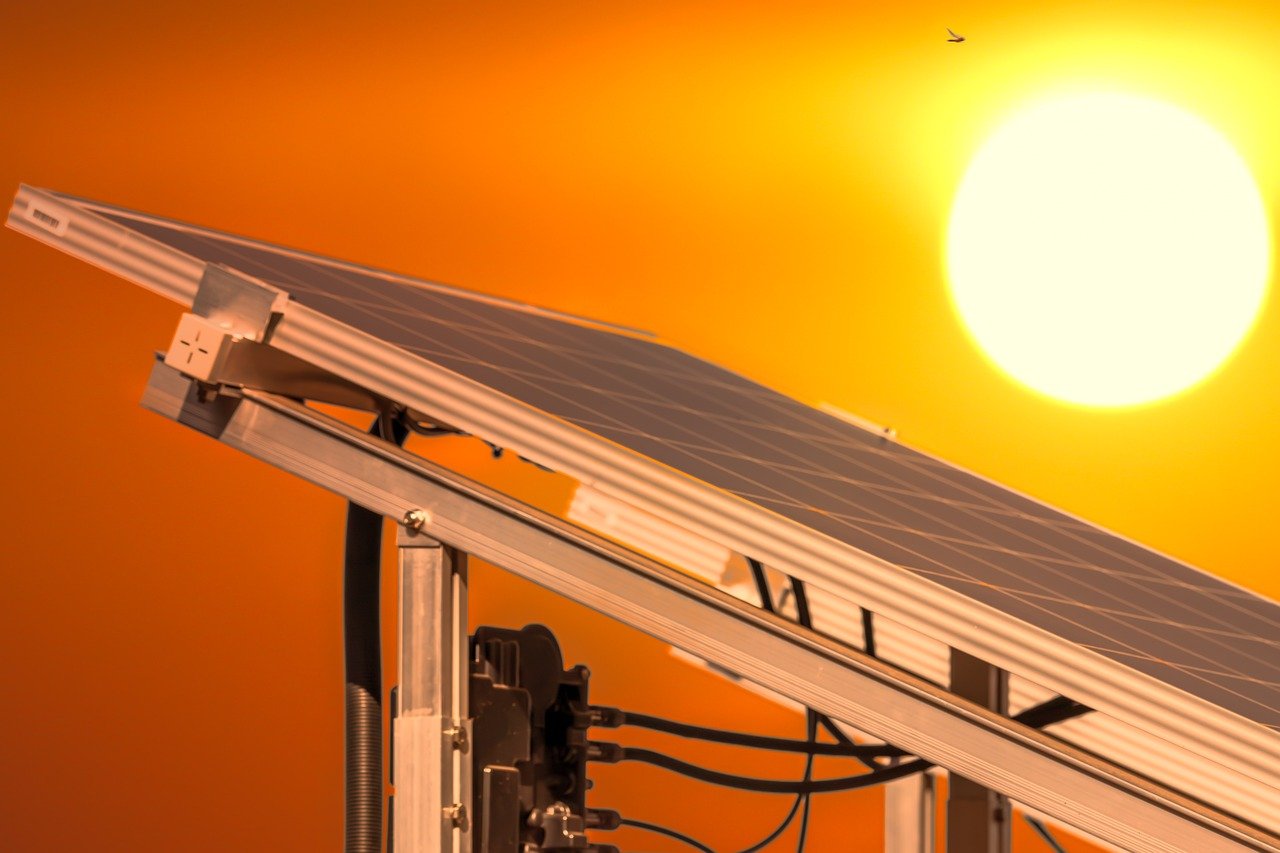

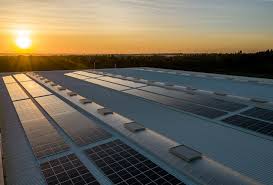
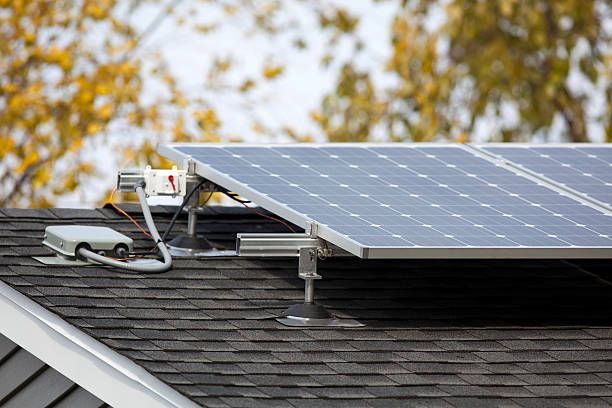
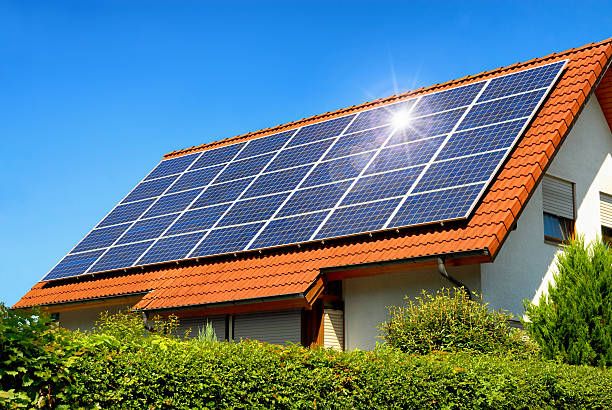
Geothermal energy has been around for thousands of years, but it is only recently that it has been developed as a source of renewable energy. Geothermal energy is heat that comes from the Earth, and it can be harnessed to produce electricity and heat homes, businesses and communities. In this blog, we will discuss everything you need to know about geothermal energy and its benefits.

Geothermal energy is heat that is produced by the Earth's core. This heat is produced by the decay of radioactive isotopes, and it is a constant source of energy that can be used to generate electricity and heat homes and businesses. The Earth's heat is accessible from the surface through geothermal wells, which are drilled into the Earth's crust. Once the heat is reached, it is brought to the surface where it can be used to produce electricity or heat.
Geothermal energy is a clean, renewable source of energy that is produced from the heat generated within the earth’s mantle. It is one of the most sustainable sources of energy available, as it does not emit any harmful pollutants into the atmosphere, and it has the potential to provide a constant supply of energy for many years to come. In this blog, we will delve into the process of how geothermal energy is produced, how it is harnessed, and the benefits of this unique form of energy.
Geothermal energy is produced from the heat generated within the earth’s mantle, which is the layer of rock that lies beneath the earth’s crust. This heat is generated by the decay of radioactive isotopes within the mantle, which releases heat energy. The heat energy rises to the surface of the earth and is harnessed through the use of geothermal power plants.
To harness the heat energy generated by the mantle, geothermal power plants are constructed near areas where the heat is most concentrated. These areas are typically near geothermal hot spots, which are areas where the heat generated by the mantle is most intense. Geothermal power plants are constructed near these hot spots, where they are able to tap into the heat energy generated by the mantle and convert it into electricity.
There are two main types of geothermal power plants: dry steam power plants and binary cycle power plants. Dry steam power plants are the most traditional type of geothermal power plants and are typically located near geysers or hot springs, where hot steam is readily available. These plants use the hot steam to drive a turbine, which generates electricity.
Binary cycle power plants are a newer type of geothermal power plant and are typically located near areas where hot water is readily available. These plants use the heat from the hot water to heat a secondary fluid, which is then used to drive a turbine. This type of plant is more efficient than a dry steam power plant, as it is able to extract more energy from the heat generated by the mantle.
Geothermal energyis a clean and sustainable source of energy that has numerous benefits over other forms of energy. For one, it is renewable, meaning that it will never run out, and it does not emit any harmful pollutants into the atmosphere, making it an environmentally friendly form of energy. Additionally, geothermal energy is highly reliable, as it is able to provide a constant supply of energy for many years to come.
Another benefit of geothermal energy is that it is a cost-effective form of energy. Unlike fossil fuels, which are subject to fluctuations in price, geothermal energy is consistently priced, making it an attractive option for many countries. Furthermore, geothermal power plants are able to produce electricity at a lower cost than traditional power plants, which is a major benefit for both consumers and energy providers.
Geothermal energy is a clean and renewable source of energy, and it has many benefits over traditional energy sources such as coal and oil. Some of the benefits of geothermal energy include:
Read Further "Can Solar and wind power work together?"
|
Feature |
Geothermal Energy |
Solar Energy |
|
Source of Energy |
Heat generated from the Earth's core |
Sunlight |
|
Availability |
Available 24/7, 365 days a year |
Location, weather, and time of day all play a role |
|
Environmental Impact |
Minimal environmental impact, but releases some greenhouse gases |
No greenhouse gas emissions, but requires large amounts of land and materials for installation |
|
Cost |
Initial investment is high, but operating costs are low |
Initial investment is lower, but ongoing maintenance and replacement costs are higher |
|
Reliability |
Highly reliable, as it does not depend on weather conditions |
Dependent on weather conditions, and can be affected by clouds, dust, and other environmental factors |
|
Scalability |
Scalable up or down |
Can be scaled up or down as needed, but requires large amounts of land and materials for larger installations |
|
Maintenance |
Requires regular maintenance and monitoring |
Requires regular cleaning and maintenance to ensure maximum efficiency |
|
Energy storage is not required, as it is available 24/7 |
Energy storage is required, as it is dependent on weather conditions and time of day |
Geothermal energy is a clean and renewable source of energy that has many benefits over traditional energy sources. It is a reliable, cost-effective and local source of energy that can support the local economy and promote energy independence. If you are interested in learning more about geothermal energy and how it can benefit you and your community, then speak to a geothermal energy expert today. If you’re an individual and looking for low cost yet renewable energy solutions then Solar PV is the best way to go forward – Connect with Waaree which is India’s largest Solar PV module manufacturer for your solar needs in an efficient way. Call at 18002121321 or email at waaree@waaree.com
Read also: Renewable Energy Definition and Types of Renewable Energy Sources
Notifications